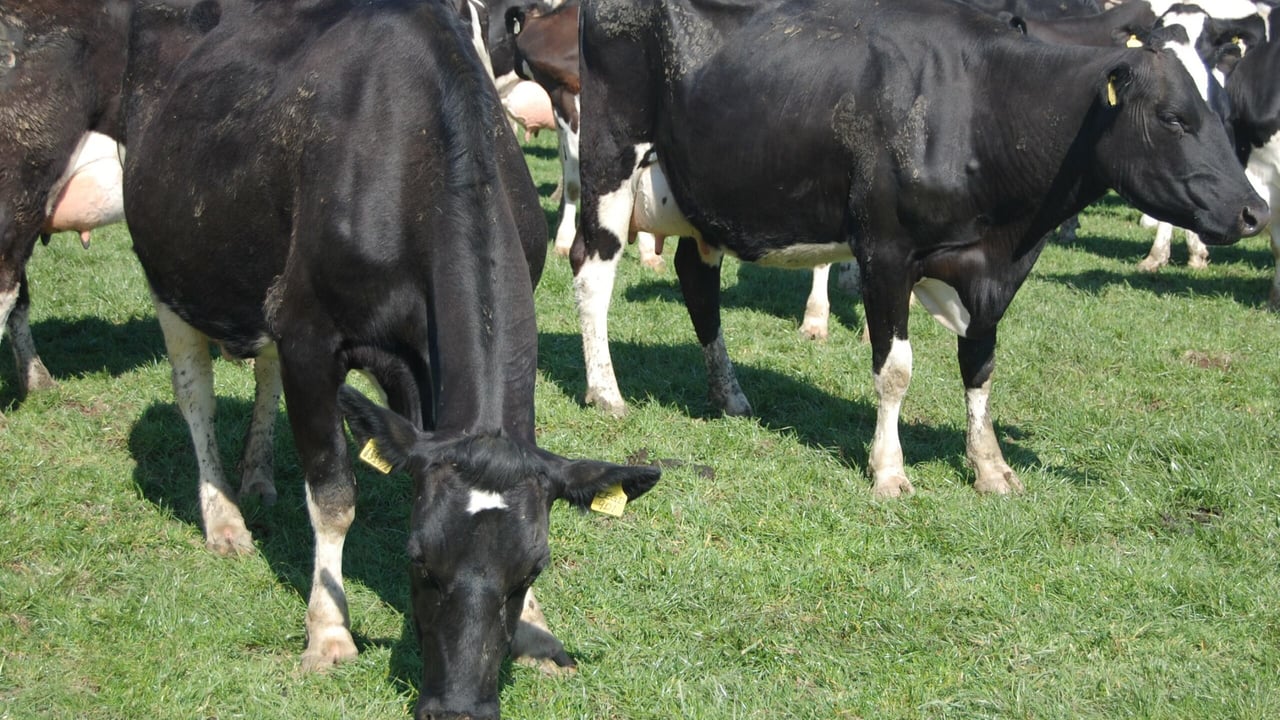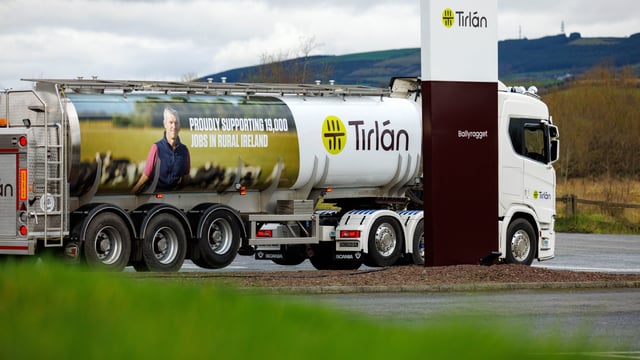'Significant effort needed to meet emissions reduction targets'
A significant effort will be needed for Ireland to meet its EU greenhouse gas emissions reduction targets and to become a low carbon economy, figures from the Environmental Protection Agency (EPA) show.
The EPA says that Ireland’s EU target is to reduce greenhouse gas emissions from agriculture, transport, the built environment, waste and non-energy intensive industry, the non-Emissions Trading Scheme sector, by 20% by 2020 (compared to emissions for 2005).
The EPA says that agriculture and transport continue to dominate non-Emissions Trading Scheme sector emissions.
Together they account for approximately 75% of Ireland’s non-Emissions Trading Scheme sector emissions in 2020 (agriculture (46%), transport (29%)), it says.
For the period 2013-2020, agriculture emissions are projected to increase by 2%. Transport emissions are projected to show strong growth over the period to 2020 with a 13-19% increase on 2013 levels, it says.
Laura Burke, EPA Director General, says that our economy is beginning to grow again and we must balance our focus on growth with a focus on becoming more sustainable and reducing emissions.
“Considerable effort will be needed between now and 2020 to implement key policies and measures in order to deliver projected emissions reductions.
“These include improvements in energy efficiency across the industry, commercial and residential sectors and reducing emissions from transport.
Greenhouse Gas emissions need to be reduced to near or below zero before the end of this century.
“That target has been highlighted consistently by the Intergovernmental Panel on Climate Change. That is the wider context and the reality is that negative carbon dioxide emissions will be required,” she said.
Burke said that Ireland must follow a pathway of de-carbonising energy and transport and that we need to break our dependence on fossil energy infrastructures.
She said that as a country we must adopt sustainable food production, management and consumption systems.




